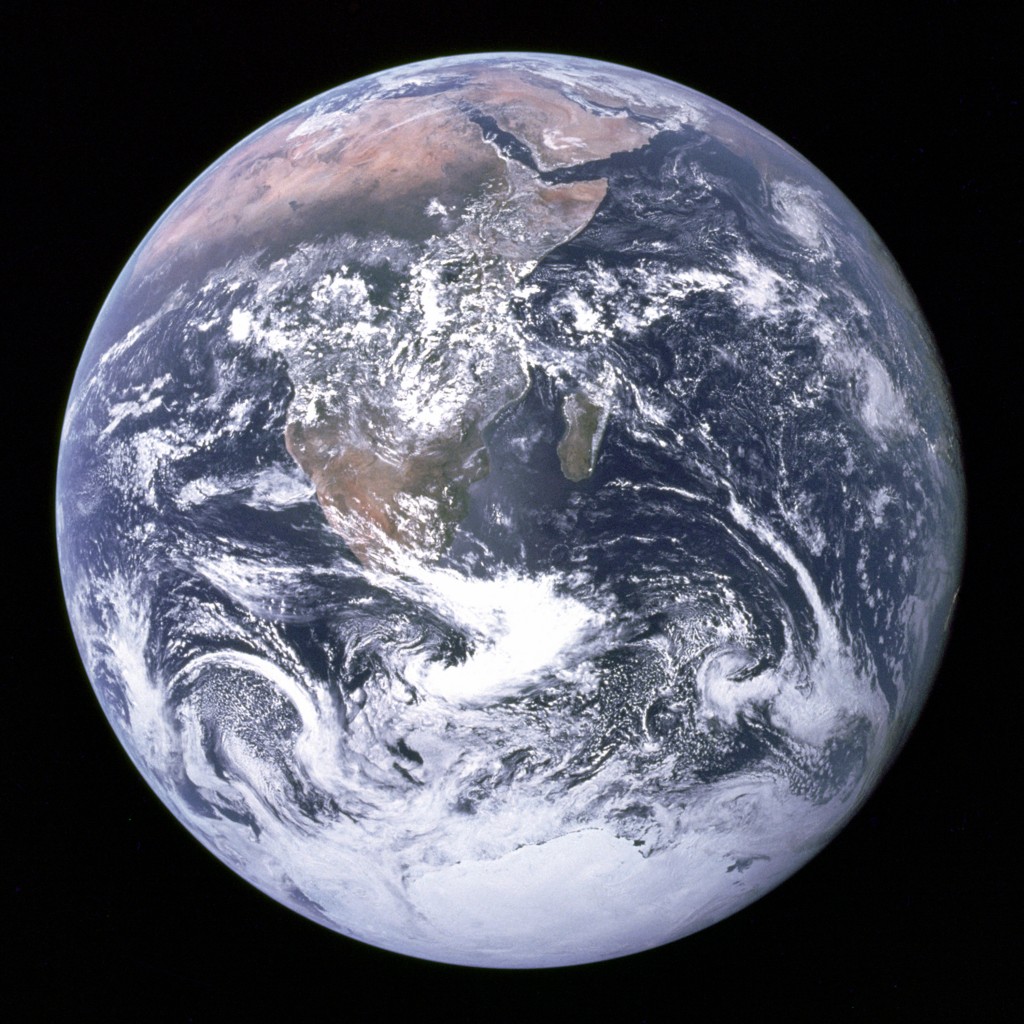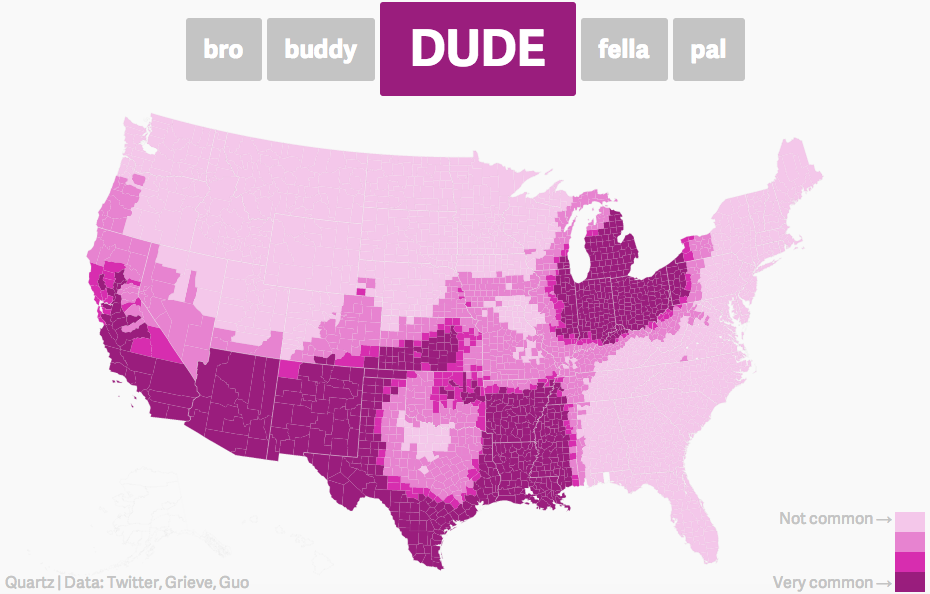The self-righteous preachers of on all sides of the political aisle in the U.S are constantly decrying corruption across the globe; one day the target may be a central African nation, the next it’s China, then a country in Latin America. Of course, this wouldn’t be so ****ing hypocritical if those in positions of power opened their eyes — and closed their wallets — to the rampant cash-fueled cronyism in their own backyards.
[tube]ETxmCCsMoD0[/tube]
The threat to this democracy from those with hoards of money is greater than any real or imagined hostility from terrorism. Money greases and fuels the well-oiled machine in Washington D.C; it catalyses those who peddle influence; it brokers power and it curries favor. The influence of money is insidious and pervasive, and it is eating away the promise of democracy for all.
Our politicians pay homage to the bundlers; they crave endorsement from the millionaires; and, increasingly, they need anointment from the billionaires. And Rome burns. Then, when our so-called representatives have had their turn in the public limelight and in power, they retreat to the shadows, where as lobbyists and brokers they wield even greater power for the moneyed few. And Rome continues to burn.
So you know things must be rather dire if even huge swathes of capitalist corporate America want some form of significant campaign finance reform. You can read for yourself what the Committee for Economic Development of the Conference Board has to say in its scathing report, Crony Capitalism: Unhealthy Relations Between Business and Government.
From the Guardian:
Political corruption is eating our democracy out from the inside. Most Americans know that. But democratic and economic health can’t be easily disentangled. As it diminishes our public sphere and drowns out the myriad of citizen voices, it also sucks the energy and vitality from our economy. This causes pain to business owners.
According to a recent report from the Committee on Economic Development, an old, white-shoe non-partisan organization that came out of the aftermath of World War II (and was a booster for the Marshall Plan), the United States economy is increasingly represented by crony capitalism, not competitive capitalism.
Lobbyists and privately funded elections have, according to the CED: “exerted an important toll on the US economy”. They propose banning registered lobbyists from raising money for federal candidates and officeholders, and implementing strict revolving door policies.
Crony capitalism, the report details, leads to “rent-seeking through subsidies or taxes that benefit vested interests at the expense of others, rather than the pursuit of profit through socially and economically productive behavior”.
What is most striking about the report is who is behind it. The CEO of CED is former Romney supporter Steve Odland. A former top lobbyist for PepsiCo, a republican called Larry Thompson – someone I never thought I’d agree with – is endorsing the single most important structural reform in America: publicly financed elections.
Thompson is the Co-Chair of CED’s Sustainable Capitalism Subcommittee, a driver in the release of the report. Paul Atkins, another member of the CED board (and the sustainable capitalism subcommittee) was a Bush-appointed SEC Commissioner who opposed rules constraining hedge funds.
“Campaign finance reform could free elected officials from their dependence on private campaign funding. Such funding is seen as an important reason why elected officials might bend their views on policy issues away from the public interest” the report said.
I disagree with a big part of the report. I don’t think we should reduce the corporate tax rate. But the crony capitalism argument is right on point, and the most striking thing about the report is its full-throated endorsement of a public financing model. And, the report persuasively shows how our current model reduces competitiveness of the economy “by favoring insiders over outsiders” and “continues to sap vitality” out of our economic life.
We haven’t always had this problem. Until the 1980s, candidates spent a fraction of their time talking to donors; just a few weeks a year, a little more right before an election. True, they’d fund raise from the wealthy interests, as they do now, but it was a minuscule part of their job: policy and constituent services were the heart of the work.
Read the entire story here.
Video: Money, money, money. ABBA. Courtesy of AbbaEVEO.













 Government officials in Florida are barred from using the terms “climate change”, “global warming”, “sustainable” and other related terms. Apparently, they’ll have to use the euphemism “nuisance flooding” in place of “sea-level rise”. One wonders what literary trick they’ll conjure up next time the state gets hit by a hurricane — “Oh, that? Just a ‘mischievous little breeze’, I’m not a scientist you know.”
Government officials in Florida are barred from using the terms “climate change”, “global warming”, “sustainable” and other related terms. Apparently, they’ll have to use the euphemism “nuisance flooding” in place of “sea-level rise”. One wonders what literary trick they’ll conjure up next time the state gets hit by a hurricane — “Oh, that? Just a ‘mischievous little breeze’, I’m not a scientist you know.”








